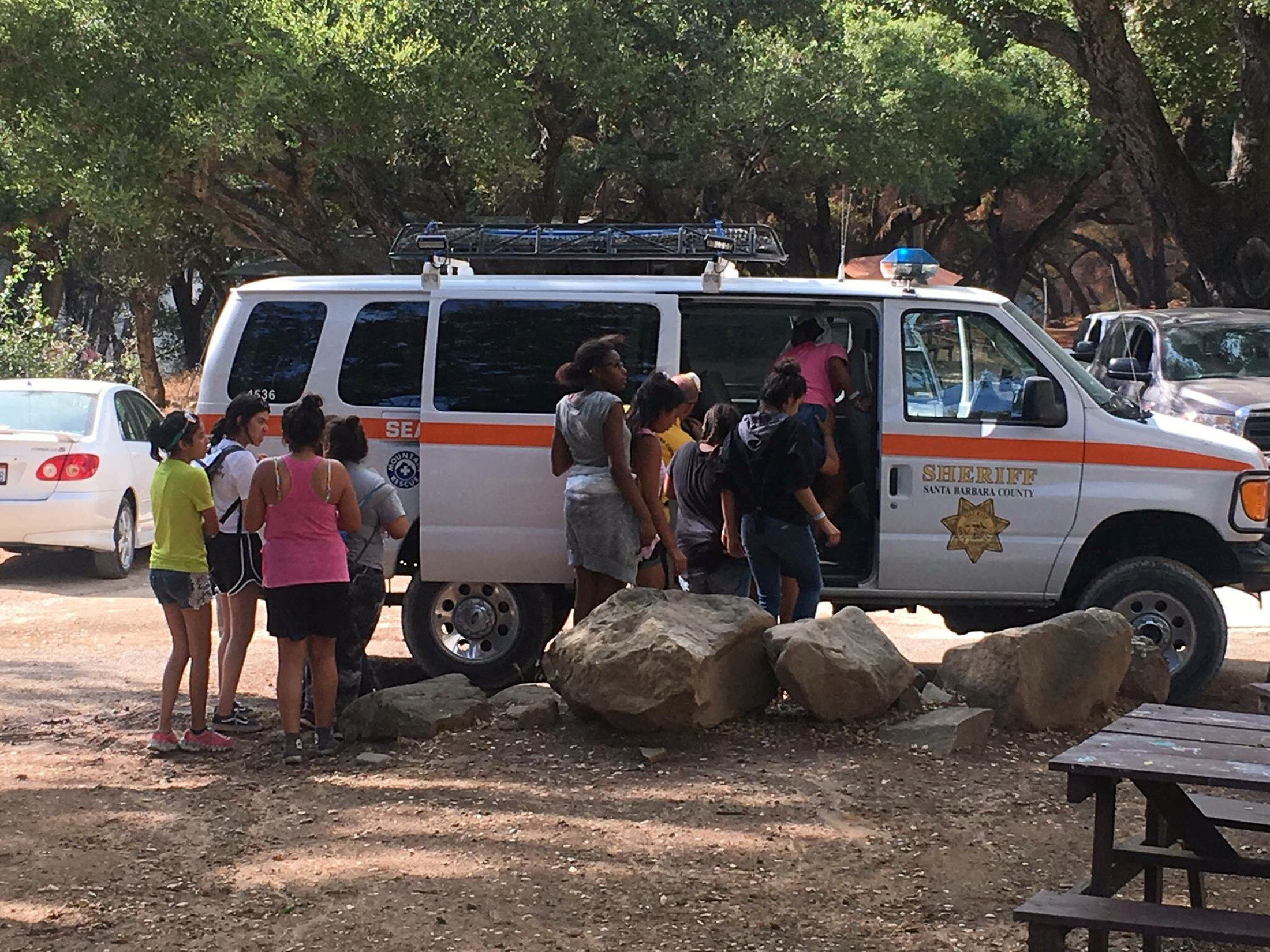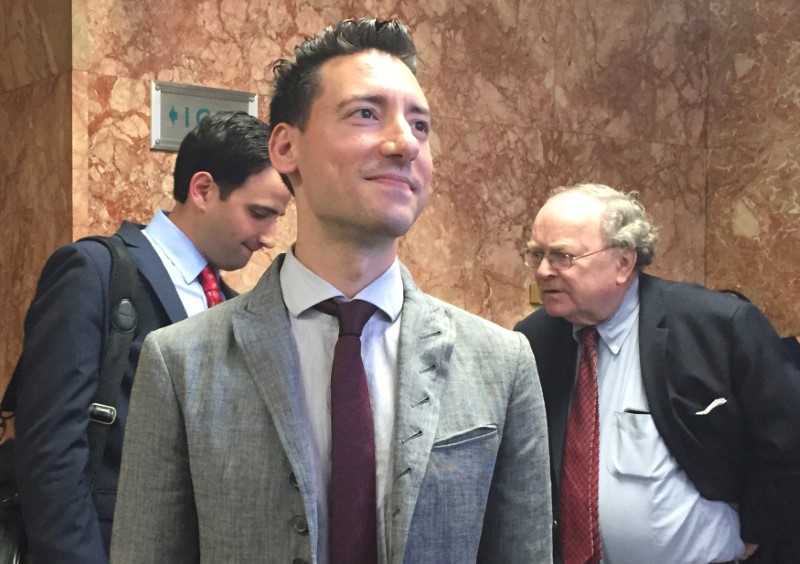
By Julie Steenhuysen
CHICAGO (Reuters) – American technology companies are bringing automation and robotics to the age-old task of battling mosquitoes in a bid to halt the spread of Zika and other mosquito-borne maladies worldwide.
Firms including Microsoft Corp and California life sciences company Verily are forming partnerships with public health officials in several U.S. states to test new high-tech tools.
In Texas, Microsoft is testing a smart trap to isolate and capture Aedes aegypti mosquitoes, known Zika carriers, for study by entomologists to give them a jump on predicting outbreaks.
Verily, Alphabet’s life sciences division based in Mountain View, California, is speeding the process for creating sterile male mosquitoes to mate with females in the wild, offering a form of birth control for the species.
While it may take years for these advances to become widely available, public health experts say new players brings fresh thinking to vector control, which still relies heavily on traditional defenses such as larvicides and insecticides. “It’s exciting when technology companies come on board,” said Anandasankar Ray, an associate professor of entomology at the University of California, Riverside. “Their approach to a biological challenge is to engineer a solution.”
SMART TRAPS
The Zika epidemic that emerged in Brazil in 2015 and left thousands of babies suffering from birth defects has added urgency to the effort.
While cases there have slowed markedly, mosquitoes capable of carrying the virus – Aedes aegypti and Aedes albopictus – are spreading in the Americas, including large swaths of the southern United States.
(For a map of U.S. mosquito territory, see http://tmsnrt.rs/2tqlJHa)
The vast majority of the 5,365 Zika cases reported in the United States so far are from travelers who contracted the virus elsewhere. Still, two states – Texas and Florida – have recorded cases transmitted by local mosquitoes, making them prime testing grounds for new technology.
In Texas, 10 mosquito traps made by Microsoft are operating in Harris County, which includes the city of Houston.
Roughly the size of large birdhouses, the devices use robotics, infrared sensors, machine learning and cloud computing to help health officials keep tabs on potential disease carriers.
Texas recorded six cases of local mosquito transmission of Zika in November and December of last year. Experts believe the actual number is likely higher because most infected people do not develop symptoms.
Pregnant women are at high risk because they can pass the virus to their fetuses, resulting in a variety of birth defects. Those include microcephaly, a condition in which infants are born with undersized skulls and brains. The World Health Organization declared Zika a global health emergency in February 2016.
Most conventional mosquito traps capture all comers – moths, flies, other mosquito varieties – leaving a pile of specimens for entomologists to sort through. The Microsoft machines differentiate insects by measuring a feature unique to each species: the shadows cast by their beating wings. When a trap detects an Aedes aegypti in one of its 64 chambers, the door slams shut.
The machine “makes a decision about whether to trap it,” said Ethan Jackson, a Microsoft engineer who is developing the device.
The Houston tests, begun last summer, showed the traps could detect Aedes aegypti and other medically important mosquitoes with 85 percent accuracy, Jackson said.
The machines also record shadows made by other insects as well as environmental conditions such as temperature and humidity. The data can be used to build models to predict where and when mosquitoes are active.
Mustapha Debboun, director of Harris County’s mosquito and vector control division, said the traps save time and give researchers more insight into mosquito behavior. “For science and research, this is a dream come true,” he said.
The traps are prototypes now. But Microsoft’s Jackson said the company eventually hopes to sell them for a few hundred dollars each, roughly the price of conventional traps. The goal is to spur wide adoption, particularly in developing countries, to detect potential epidemics before they start.
“What we hope is (the traps) will allow us to bring more precision to public health,” Jackson said.
SORTING MOSQUITOES WITH ROBOTS
Other companies, meanwhile, are developing technology to shrink mosquito populations by rendering male Aedes aegypti mosquitoes sterile. When these sterile males mate with females in the wild, their eggs don’t hatch.
The strategy offers an alternative to chemical pesticides. But it requires the release of millions of laboratory-bred mosquitoes into the outdoors. Males don’t bite, which has made this an easier sell to places now hosting tests.
Oxitec, an Oxford, England-based division of Germantown, Maryland-based Intrexon Corp, is creating male mosquitoes genetically modified to be sterile. It has already deployed them in Brazil, and is seeking regulatory approval for tests in Florida and Texas.
MosquitoMate Inc, a startup formed by researchers at the University of Kentucky, is using a naturally occurring bacterium called Wolbachia to render male mosquitoes sterile.
One of the biggest challenges is sorting the sexes.
At MosquitoMate’s labs in Lexington, immature mosquitoes are forced through a sieve-like mechanism that separates the smaller males from the females. These mosquitoes are then hand sorted to weed out any stray females that slip through.
“That’s basically done using eyeballs,” said Stephen Dobson, MosquitoMate’s chief executive.
Enter Verily. The company is automating mosquito sorting with robots to make it faster and more affordable. Company officials declined to be interviewed. But on its website, Verily says it’s combining sensors, algorithms and “novel engineering” to speed the process.
Verily and MosquitoMate have teamed up to test their technology in Fresno, California, where Aedes aegypti arrived in 2013.
Officials worry that residents who contract Zika elsewhere could spread it in Fresno if they’re bitten by local mosquitoes that could pass the virus to others.
“That is very much of a concern because it is the primary vector for diseases such as dengue, chikungunya and obviously Zika,” said Steve Mulligan, manager of the Consolidated Mosquito Abatement District in Fresno County.
The study, which still needs state and federal approval, is slated for later this summer.
(Editing by Marla Dickerson)
















